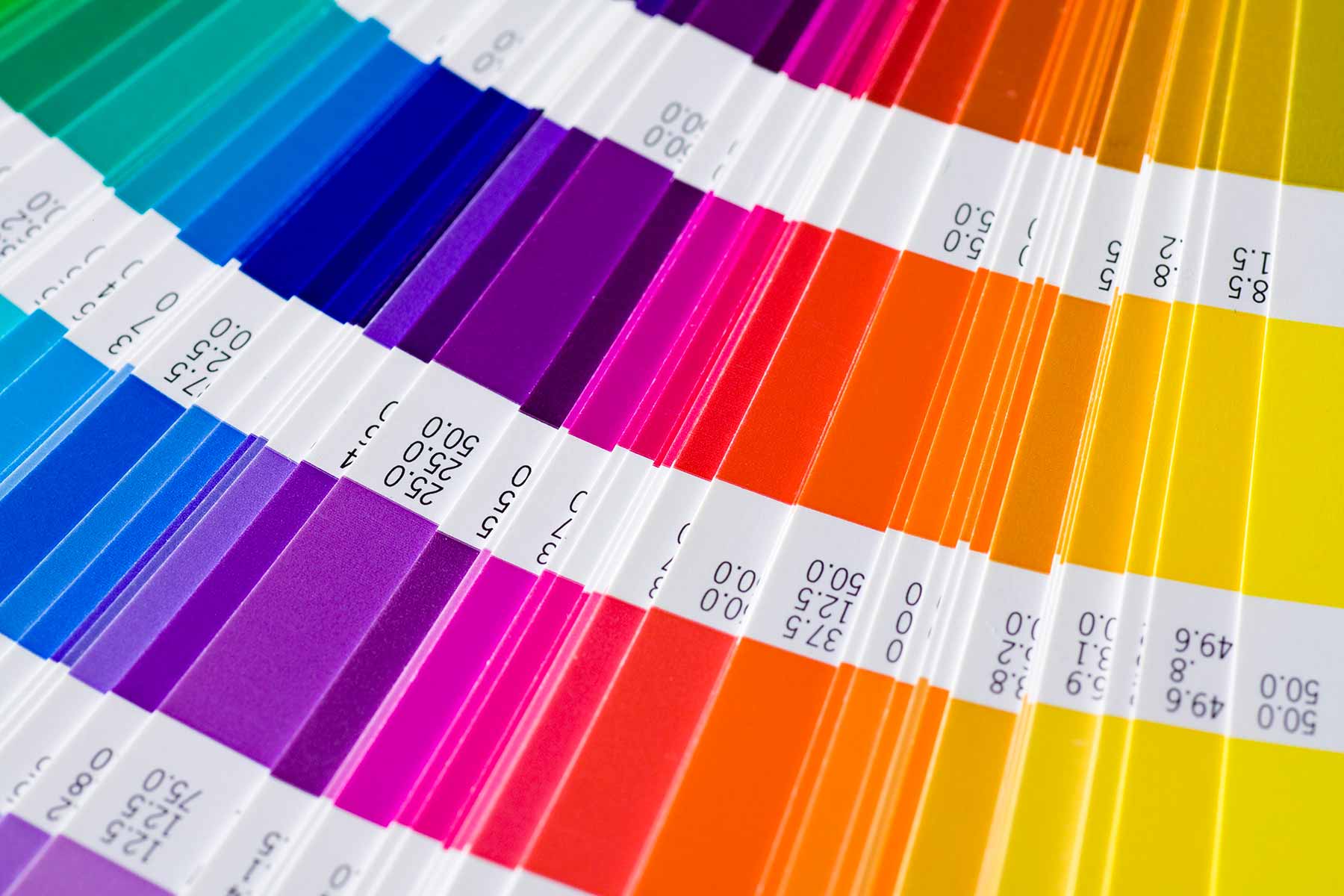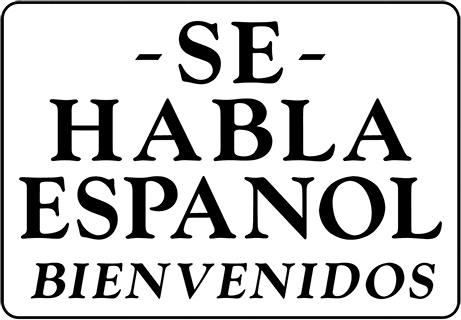
Enhance your DTF printing experience with our DTF Color Charts! Easily find the perfect color match for your designs with our printable charts, saving you time and resources. Enjoy accurate and high-quality color results every time with our versatile and convenient color charts.
DTF Junkie
DTF CMYK Printable Color Charts
Share
RGB VS CMYK What's the Difference
Understanding the Color Models
Color is an essential element in design, and understanding how color works in different contexts is crucial for creating effective visuals. Two of the most commonly used color models are CMYK and RGB. While they both deal with color representation, they are used in very different ways and for different purposes. In this blog post, we'll dive into the differences between CMYK and RGB, their applications, and why it's important to use the correct one for your project.

The Basics of RGB
RGB stands for Red, Green, and Blue. This color model is based on light and is used primarily in digital displays, such as computer monitors, televisions, and smartphones. Here's a breakdown of the RGB model:
-
Additive Color Model: RGB is an additive color model, meaning that it creates color by combining different intensities of red, green, and blue light. When combined at their maximum levels, these three colors produce white light.
-
Color Mixing: In the RGB model, colors are created by varying the intensity of each of the three primary colors. For example, combining red and green light at full intensity produces yellow, while combining red and blue light produces magenta.
-
Applications: Since RGB is based on light, it is the standard color model used in digital displays and electronic devices. Anything viewed on a screen, including websites, digital art, and videos, uses the RGB color model.
The Basics of CMYK
CMYK stands for Cyan, Magenta, Yellow, and Key (Black). This color model is based on ink and is used in printing processes. Here's a closer look at the CMYK model:
-
Subtractive Color Model: CMYK is a subtractive color model, meaning it creates color by subtracting varying degrees of light absorbed by the ink. When combined, these inks absorb (or subtract) light, with black ink being used to enhance depth and detail.
-
Color Mixing: In the CMYK model, colors are created by overlaying different amounts of cyan, magenta, yellow, and black ink. For example, combining cyan and yellow inks produces green, while combining magenta and yellow inks produces red.
-
Applications: CMYK is the standard color model for printed materials, such as brochures, posters, business cards, and any other physical media. When preparing files for printing, designers convert RGB files to CMYK to ensure accurate color reproduction.
Key Differences Between RGB and CMYK
-
Color Range: RGB can produce a wider range of colors compared to CMYK. This is because RGB works with light, which has a broader spectrum than the inks used in CMYK printing. As a result, some colors visible on a screen may not be replicable in print.
-
Purpose and Use: RGB is used for digital media, where light is emitted directly from the screen. CMYK is used for print media, where inks are applied to paper and reflect light.
-
Color Creation: RGB uses an additive process to create colors by combining light, whereas CMYK uses a subtractive process by combining inks. This fundamental difference affects how colors are mixed and represented.
-
Black Representation: In RGB, black is created by the absence of light (0% red, 0% green, 0% blue). In CMYK, black is a separate ink (Key) added to enhance the depth and contrast of printed images.
Why the Difference Matters
Understanding the difference between RGB and CMYK is crucial for anyone involved in design or printing. Here are a few reasons why:
-
Accurate Color Reproduction: Using the correct color model ensures that your colors are reproduced accurately in the final medium. A design that looks vibrant on screen (RGB) may appear dull or incorrect when printed (CMYK) if not properly converted.
-
Professional Quality: For professional print jobs, providing files in the correct color model (CMYK) is essential. Printers require CMYK files to produce accurate and high-quality prints.
-
Efficiency: Converting between color models late in the design process can lead to delays and additional costs. Designing with the final medium in mind from the start can streamline the workflow and prevent issues.
Conclusion
Both CMYK and RGB are vital color models in the world of design, each serving a specific purpose. RGB is perfect for digital screens, offering a wide range of vibrant colors, while CMYK is essential for print, ensuring accurate color reproduction on paper. Understanding these differences and using the appropriate model for your project will help you achieve the best results, whether you're designing a website or printing a brochure. By mastering both RGB and CMYK, you can ensure your designs look stunning in any medium.
